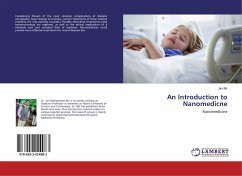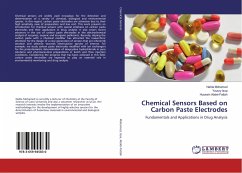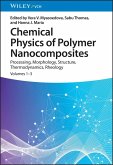It gives us immense pleasure in introducing a book named as "Chemical Sensors based on Nanostructure Materials" based on state-of-the-Art of Sensors, state-of-the-Art of nanostructure materials, and state-of-the-Art of chemical sensors with various nanocomposites or nanocomposites. In semiconductor nanostructure materials, doping is significantly introduced impurities into an extremely pure intrinsic semiconductor for the purpose of modulating its electrical, structural, optical, and morphological properties. The dopant impurities are dependent upon the type of semiconductor and the properties that it needs to have for its intended resolution. On the other hand, nanocomposite is a multiphase solid material where one of the phases has one, two or three dimensions or structures having nano-scale repeat distances between the different phases that make up the material. A straightforward acquaintance of the principles of chemical, physical, biological, and environmental sensors-designed chemistry is anticipated. It will also entreaty to a broad audience of undergraduate, graduate, and postgraduate students at colleges and universities of technology as well as scientists in industry.
Bitte wählen Sie Ihr Anliegen aus.
Rechnungen
Retourenschein anfordern
Bestellstatus
Storno








